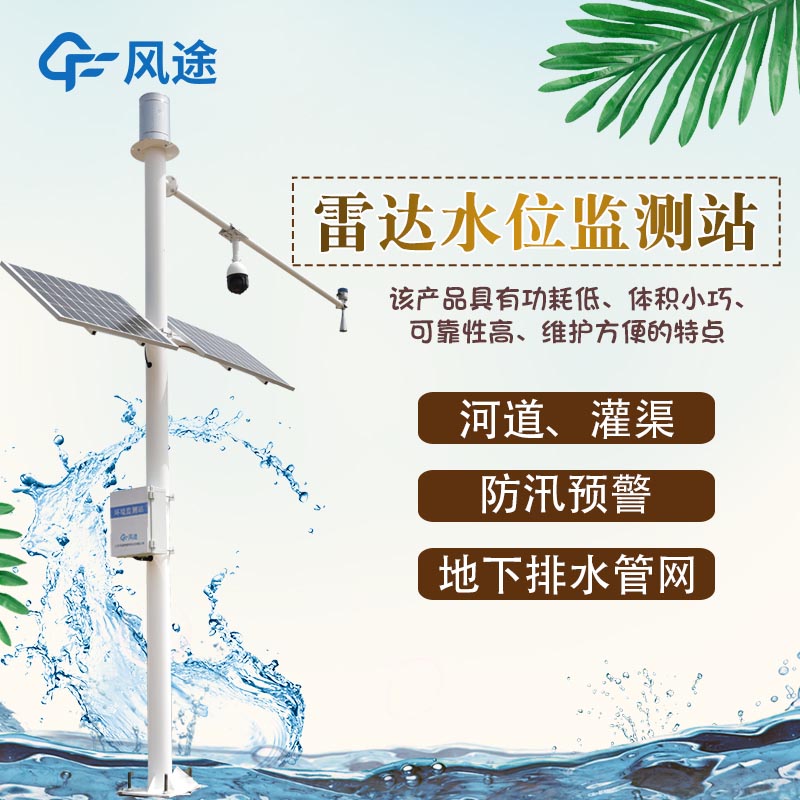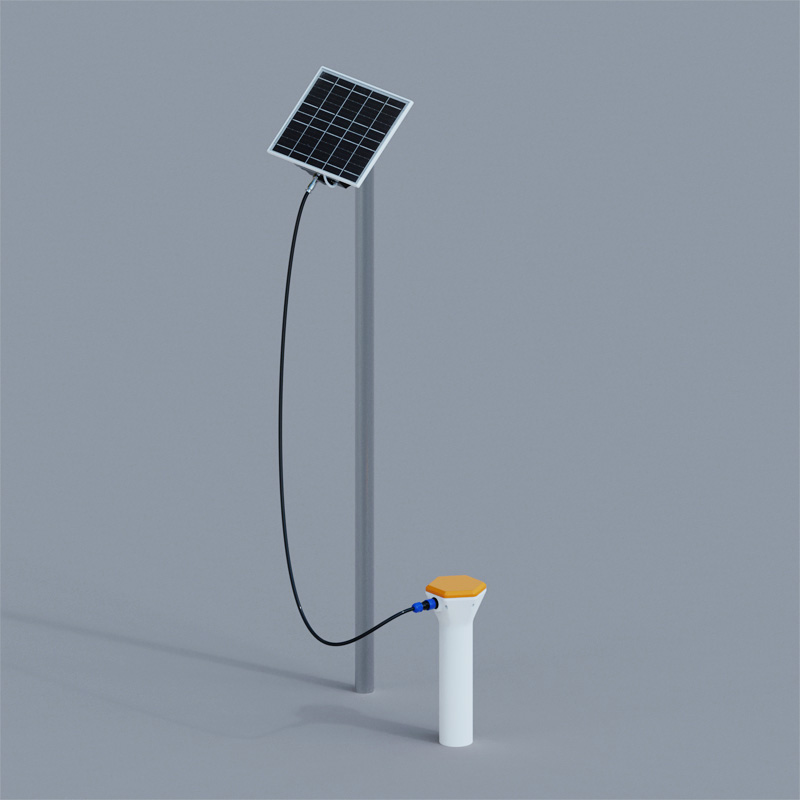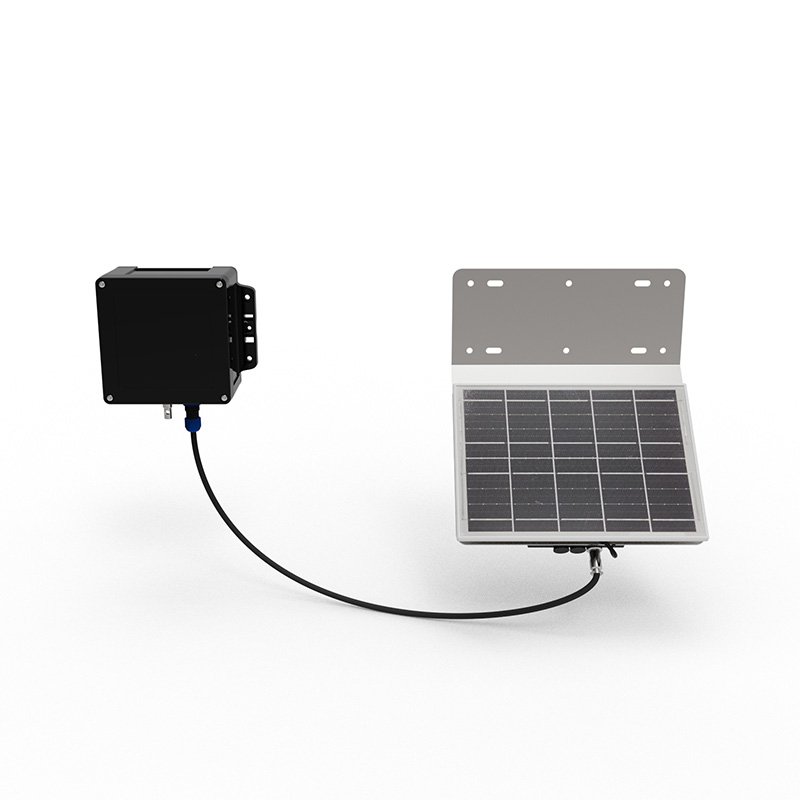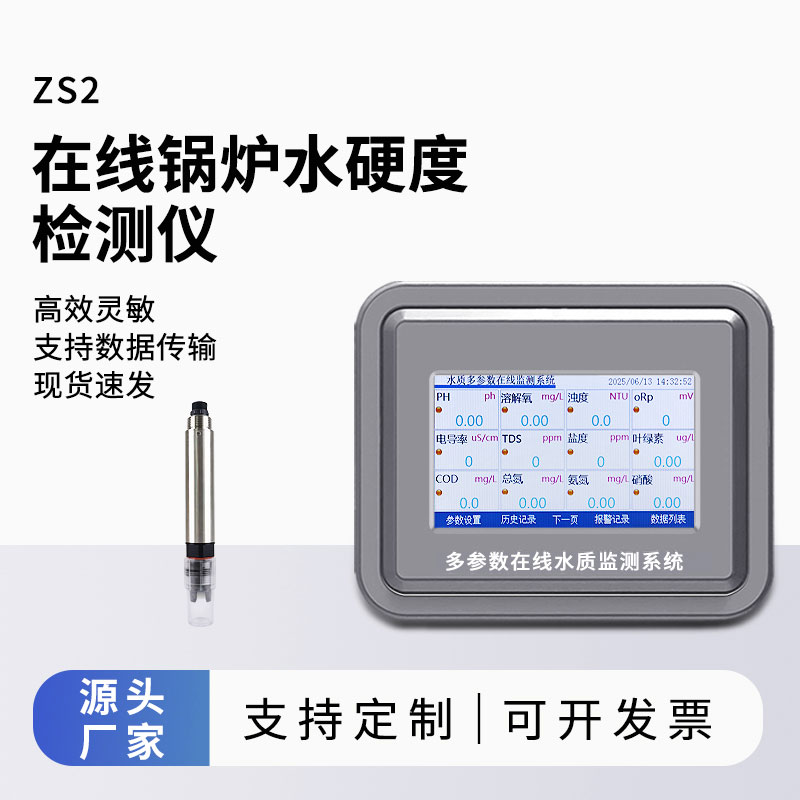Radar is short for "radio detection and ranging", which uses radio waves to detect and locate targets, also known as radiolocation.
There are various theories about the origins of radar, but it is generally accepted that the technology was originally developed in the military, especially during the Second World War, when military radar technology became quite sophisticated.
A radar hydrometer is an intelligent non-contact measuring device for water or object levels that works on the microwave reflection principle.
It determines the distance from the antenna to the surface of the water, and thus the height of the level, by sending microwave pulses and receiving the pulses reflected back, and calculating the time difference between the round trip of the pulses.
The device uses advanced detection technology to improve the accuracy of the measurement and has the function of suppressing interference echoes to ensure the reliability of the measurement data.
Radar water level meter is a multi-functional measuring tool, which can not only measure the liquid level height, but also suitable for solid material level measurement, as well as distance measurement. This instrument is particularly suitable for level monitoring in environments such as rivers, nullahs, lakes and reservoirs.
The radar water level meter has the following advantages:
Anti-interference: it is not disturbed by temperature changes, sediment, dust, water pollutants, water surface debris or barometric pressure fluctuations.
Non-contact: the sensor is not in direct contact with the water body, reducing the need for maintenance.
Large Measuring Range: Customised to suit requirements, with a measuring range of up to 40 metres.
Low Power Consumption: Designed with a low power microprocessor, supports battery or solar power supply, energy saving and environmental protection.

This paper addresses:https://fengtusz.com/industry/230.html









